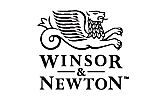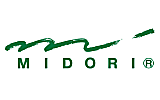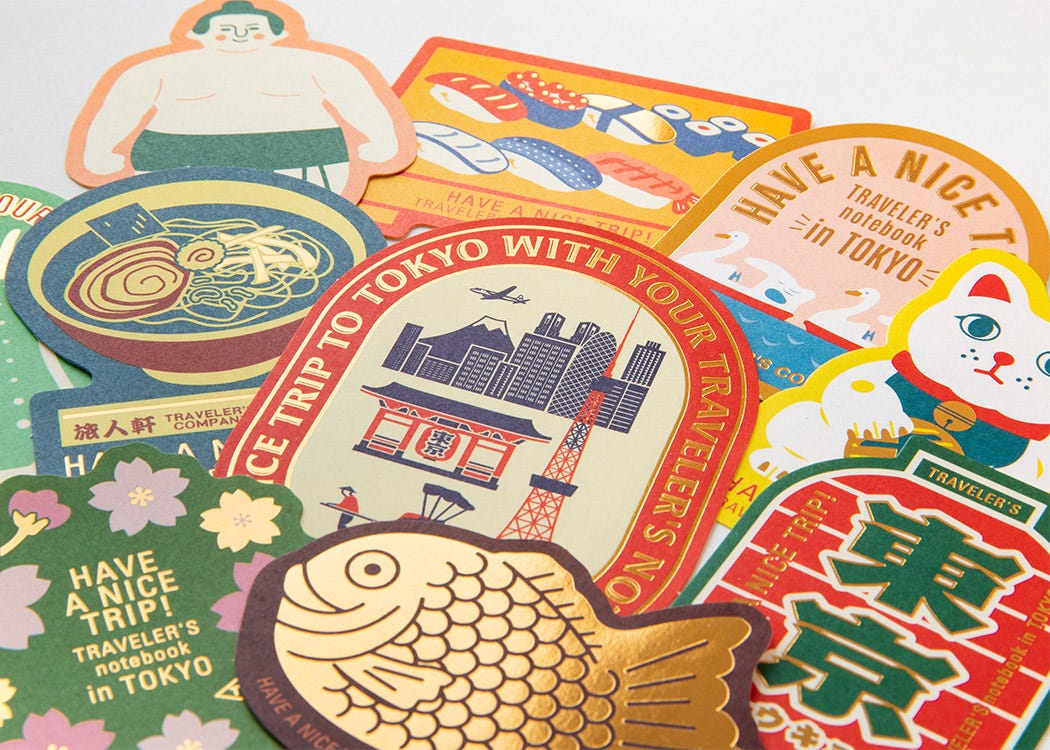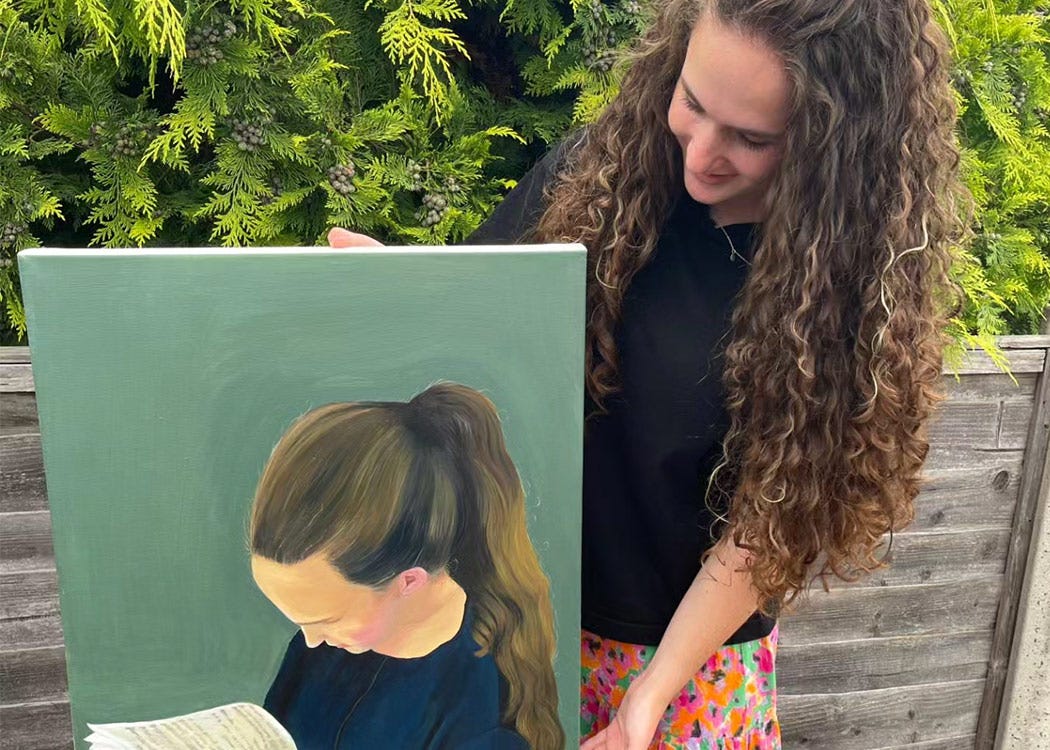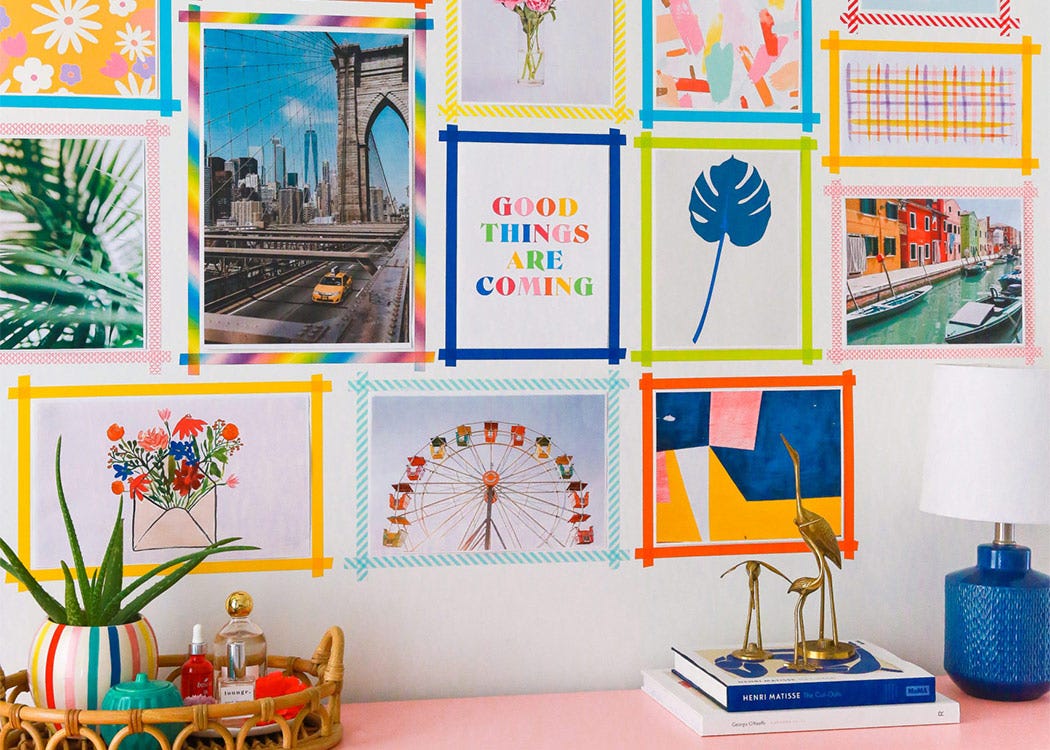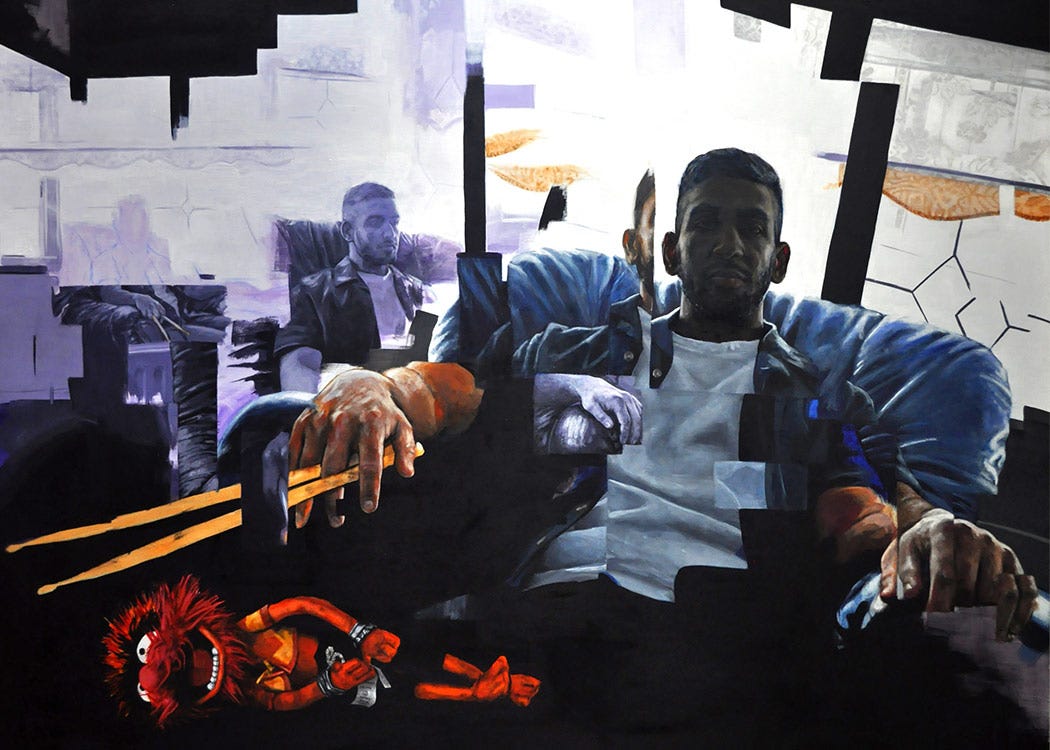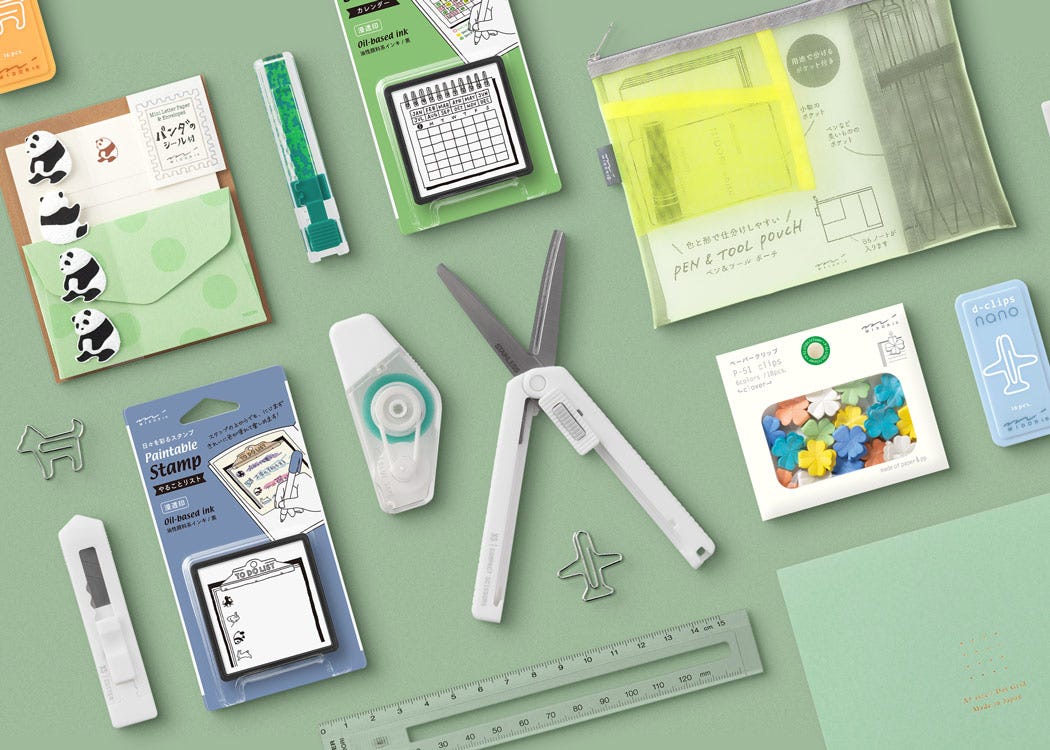Fluorescent Colour (It’s the thought that counts).

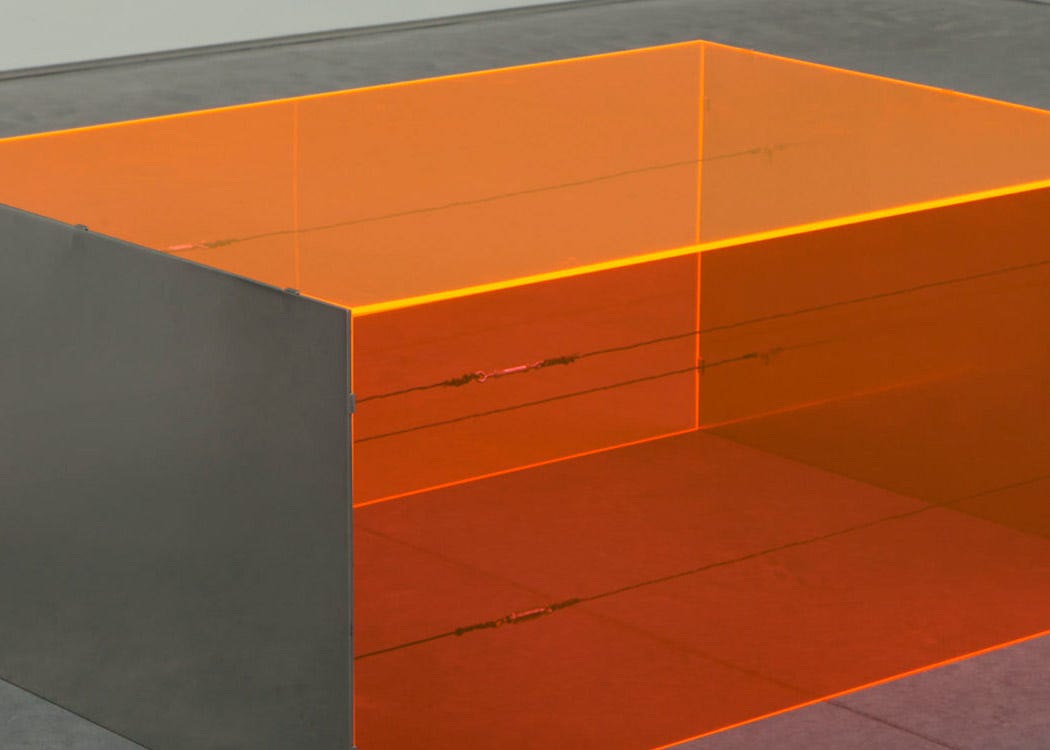
Fluorescent light, and by extension, colour, occurs when ultra-violet light beyond the visible spectrum, becomes visible to the human eye.
It occurs in certain materials, minerals and organisms (biofluorescence), and latterly in synthetically produced chemical compounds.
Materials where fluorescents are present absorb radiation, and then transform and emit that light at a different wavelength - a colour wavelength within the visible light spectrum.
Fluorescent colours absorb and then emit more light than conventional colours. They do so by emitting both the principal visible wavelength of a particular colour (red, yellow, blue etc.) but in addition, some of the ultraviolet light which was initially absorbed.
As a result, fluorescent colours appear much brighter than conventional colours. They ‘glow’, and are sometimes referred to as ‘neon’ colour.
Fluorescent colour is manufactured as pigment, dye, and ink. It can be found within the fields of industry, fashion, medicine, retail, architecture and in art and design.
It is coated as a powder (phosphor), within the glass tubing of fluorescent strip lighting, and used as a dye in medical diagnostic imaging. It’s used in fluorescence image guided surgery, and as paint on motorway signage. It provides the colorant for hi-vis protective clothing, and the ink in Day-Glo pens for highlighting book passages. It’s the background colour of to-do lists and of aide memoirs on post-it notes.
Wherever it’s used, it’s there to attract the eye, to make things clearly visible, and most importantly, to be distinct from the immediate surroundings. It draws the eye - and attention to itself.
The diametrical opposite of a cyclist’s fluorescent bib would be a camouflaged flak jacket.
Fluorescent colour in visual art.
Fluorescent colour comes in tubs and bags of ground powder pigment, in tubes and pots of acrylic and alkyd paint, in tins of sign writers fluorescent enamel paint, as ink in bottles, as marker pen and as aerosol paint.
In addition, sculptors have used fluorescent cast acrylic sheet (perspex and plexiglass) since the 1960’s. Coloured acrylic sheet and plexiglass emit fluorescent colour as a glowing luminous light at the edge.
Three examples of fluorescence in art:
Fluorescent Plexiglass
Donald Judd, American 1928-1994.
‘Untitled’, 1965, Stainless steel with fluorescent plexiglass. Rachofsky Collection.
In his seminal essay ‘Specific Objects’ of 1965 Judd writes, quote:-
‘’The objections to painting and sculpture are going to sound more intolerant than they are.............. The disinterest in painting and sculpture is a disinterest in doing it again............. If earlier work is first-rate it is complete.’’
Judd wanted a new model for art. The 1960’s was a decade with ambitions for fundamental change.
In order to shift the model, he needed to negate the pre-existing one - the European Fine Art tradition and its persistent legacy in the US.
Both subject and form of this legacy were to be taken apart.
Judd’s aim was to ‘free’ the object of all outside traces of meaning - which meant somehow negating everything that came with the European tradition of narrative painting and sculpture.
This meant nullifying both the form and subject matter of that legacy.
Nullify illusionism, figuration, representation, image making, narrative, symbolism, metaphor. Abandon two dimensional rectangular canvases hanging on a flat wall - acting like a window with a view (including abstraction). Abandon modelling in clay and wax – and then casting. Abandon carving in wood and stone and then sticking it on a plinth to elevate them.
If these changes could be achieved, then allusions to something or somewhere else could be transcended and replaced with a physical confrontation with the here and now.
In ‘Untitled’ of 1965 Judd forces us to see a specific object ‘free’ of allusions to symbolic content.
In its place, and evidenced in Judd’s works are objects which do NOT transport the viewer away to other scenic landscapes outside the immediate point of view – whether that’s in a gallery, museum or collector’s house.
They do not become illustrations of stories or places, or lead us into the tortured soul of an artist, or any other state of mind.
His work is a forerunner of Conceptual art – it was conceived by him, but prefabricated by a worker - nonetheless a skilled worker, in an industrial/commercial workspace. It could not be sold in an art gallery as the result of the ‘unique’ hand of the artist. The authorship of hand craft as a desirable virtue is jettisoned.
All the logistics of ‘Untitled’ 1965’s production and form are visible. The internal wires under tension are keeping the two stainless steel ends of the piece together. The whole volume and space rely on these wires. They are in effect the equivalent of an armature. In the traditions of modelling in clay and plaster of Paris, armatures are hidden.
Nothing about Judd’s ‘Untitled’ of 1965 is hidden.
The modernity of the materials - the plexiglass in particular, which couldn’t be made by an artist, in any case, helps to disengage the work from the past. And the light emanating from the edges of the work draw its physical limits in three dimensions. The light has a purpose. The Plexiglass’s fluorescence describes the objects identity as a ‘thing’ – its perimeters and its shape.
The light in this work is in a completely different visual vocabulary to the symbolic torch held by the Statue of Liberty in New York harbour which was made in Paris in 1884 and shipped to America.
Judd’s ‘Untitled’ 1965 is no less beautiful. The openness and display of space itself, provides a quiet retreat from, and a counterpoint to, the loud, hard sell advertising of American consumerism and Pop culture.
Judd’s works are ‘untitled’ so as to negate the idea that they are signifiers for something or somewhere else. The light is right here, and not symbolic.
A copy and pdf of his seminal essay ‘Specific Objects’ of 1965 is at:
www.thewarehousedallas.org/wp-content/uploads/2021/10/Judd-Donald_Specific-Objects_1965.pdf
Fluorescent Paint
Frank Stella, American 1936 – present.
Agadir I, 1964, Fluorescent Alkyd paint on canvas.
Alkyd oil paint is basically industrial oil paint for use on the woodwork and metalwork of homes. It is cheaper than traditional artist’s oils, and touch dry in less than a day.
Stella worked as a house and boat painter when he first arrived in New York in 1958, so will have been well accustomed to alkyd paint in a matter of fact way.
In creating Agadir I using alkyd paint, Stella is implicitly raising questions about the cultural hierarchy associated with certain mediums. Fluorescent alkyd was used by sign-painters, and ideas of connoisseurship and good taste (or lack of it) would be associated with that medium in the ‘wrong’ place - meaning the art space. In that sense there is something of the mischievous ‘readymade’ about the choice of fluorescent alkyd.
Alkyd paint creates a flat finish that evens out brush marks on drying. As with Judd’s ‘anonymity’ in terms of craftsmanship, this suited Stella at that time.
Stella like Judd was questioning the inherited language of art – artist’s oil paint on a rectangular canvas.
And in Stella’s case, by using paint that minimised the visibility of brush strokes, the relevance of gestural brush marks was being questioned.
Signature ‘styles’ and authorship as a result of painterly marks , indicative of psychological truth and subjective emotion, was being challenged as a cliché.
As with much of Stella’s work, an attempt to ‘exit painting’ as he called it, is in evidence in Agadir I.
It is a painting from the Moroccan series and inspired by the geometric designs on Arabic ceramic tiles. All 12 paintings in the series from 1964 – 5 are named after Moroccan cities.
Unusually for the western painting tradition, the canvases in the series are square. The shape of the square Arabic tile influences the shape of the canvas. Agadir I does not follow the traditional landscape or portrait format – so it breaks with the norm and draws attention to its object quality.
As indicated before, fluorescent colour emits more light than conventional colour. Agadir I is made of 28 equal horizontal bands of fluorescent yellow and purple – the near complimentary of yellow. This creates glowing after images within the retina. The two bands of colour are bisected along the diagonal axis of the square and ‘mis’ registered. This gives the illusion of splitting the canvas into two equal triangles and creates an overlap and depth that logically does not exist. The flat picture plane has been disrupted.
The result is an ambiguity about what is happening with the two dimensional picture plane hanging on the two dimensional wall. And by using fluorescent colour the picture plane vibrates. Stella is disrupting flatness but is still making a painting.
Two decades later during his ‘Cones and Pillars’ series, and when still applying areas of day-glo colour, Stella says with characteristic humour, quote:
‘’ I’m moving away from the surface of my work, but I don’t want to be quite three dimensional yet; that means, completely literally..............more than two-dimensions, but not quite three, so maybe 2.7 is just about right.’’
Fluorescent card
Michael Landy, ‘Closing Down Sale’ 1992, Installation at Karsten Schubert gallery, London.
In 1992, following the UK recession of 1990-91, Michael Landy was invited to mount a solo exhibition on both floors of Karsten Schubert’s gallery in Charlotte Street, London W1. Schubert was well known for curating ‘avant garde’ exhibitions.
For some time Landy had been interested in the vernacular materials and displays of indoor and outdoor market stalls - artificial grass, pallets, barrows, tarpaulins, and the like.
Commercial Art galleries are essentially shops with physical premises and white walls and no seating. And the collective term for the institutions selling and re-selling art is the Art Market.
Landy’s exhibition ‘Closing Down Sale’, consisted of supermarket shopping trolleys, stuffed with all manner of junk. Landy had picked up carloads of unwanted paraphernalia found on the street, stuffed it all into the trolleys and then stuffed the trolleys into the gallery – which was too small for how many there were.
As a classification of object, the contents of the trolleys could be said to exemplify, broken, unwanted and unloved objects. Within the trolleys were old record players, wragged fluffy toys, useless umbrellas and the like. Not exactly what one might hope to find, or a gallerist expect to sell in an art gallery.
The sign above the gallery window, Karsten Schubert Ltd., was covered by a big yellow banner and in thick black lettering, CLOSING DOWN SALE. The glass frontage read RECESSION SMASHER! in white paint, painted quite badly by hand.
What was most optically dynamic about the installation were hundreds of signs cut out of large sheets of fluorescent card, many in star shapes. And on the cards were written bursts of text in thick black marker pen. LAST DAY! PRICES DOWN! SALE NOW ON! BANKRUPT STOCK! £’s OFF, EVERYTHING MUST GO!
The installation was accompanied by an audio recording of Landy acting out the desperate calls of a market trader trying to sell produce that nobody wanted to buy. It was on a continuous incessant loop - and loud.
The whole piece looked and sounded manic and desperate and intentionally so. The fluorescent card used in this way was completely in keeping with the image of a sale.
At a serious level, the installation was asking questions about what we value, and how precarious that can be in a culture where artefacts are designed with in- built obsolescence. As John Berger observed, the fashion industry succeeds on the principle we look bad not good. We are encouraged to buy the latest fashion each new season to look good, because what we bought last season looks outdated. That process would now have to include smart phones.
As it turned out nobody did want to buy anything from ‘Closing Down Sale, 1992 and Landy didn’t show there again.
Nontheless Landy is now a CBE and an RA and one shopping trolley – a kind of potted version of ‘Closing Down Sale’ 1992, was in the Royal Academy Summer Exhibition of 2018 and advertised in the sales catalogue for £42,000.
To hear the artist talk about ‘Closing Down Sale’ 1992 go to:
www.youtube.com/watch?v=tKasvF5iaH0
Further references:
Michael Craig – Martin: www.cristearoberts.com/artists/57-michael-craig-martin/works/69566-michael-craig-martin-frank-lloyd-wright-2017/
Dan Flavin: www.chinati.org/dan-flavin/


Full width image


Left image text here


Right image text here
